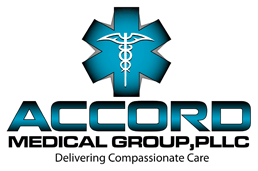Cavernous Malformation - Blood Vessel Mass
Introduction
Anatomy
Causes
Symptoms
Diagnosis
Treatment
Prevention
There is no known way to prevent cavernous malformations from occurring. If you experience any symptoms, you should contact your doctor to receive prompt medical treatment.Am I at Risk
If your family members have the inherited form of cavernous malformation, you have an increased risk of developing the condition. Mexican Americans have the highest incidence of cavernous malformations. Cavernous malformations can be present at birth or occur later in life in people that have no family history of the condition. Having a vein abnormality in the brain increases the risk of cavernous malformations, as they tend to occur near such sites in about 40% of cases.Complications
Advancements

Copyright © - iHealthSpot Interactive - www.iHealthSpot.com
This information is intended for educational and informational purposes only. It should not be used in place of an individual consultation or examination or replace the advice of your health care professional and should not be relied upon to determine diagnosis or course of treatment.
The iHealthSpot patient education library was written collaboratively by the iHealthSpot editorial team which includes Senior Medical Authors Dr. Mary Car-Blanchard, OTD/OTR/L and Valerie K. Clark, and the following editorial advisors: Steve Meadows, MD, Ernie F. Soto, DDS, Ronald J. Glatzer, MD, Jonathan Rosenberg, MD, Christopher M. Nolte, MD, David Applebaum, MD, Jonathan M. Tarrash, MD, and Paula Soto, RN/BSN. This content complies with the HONcode standard for trustworthy health information. The library commenced development on September 1, 2005 with the latest update/addition on February 16, 2022. For information on iHealthSpot’s other services including medical website design, visit www.iHealthSpot.com.

